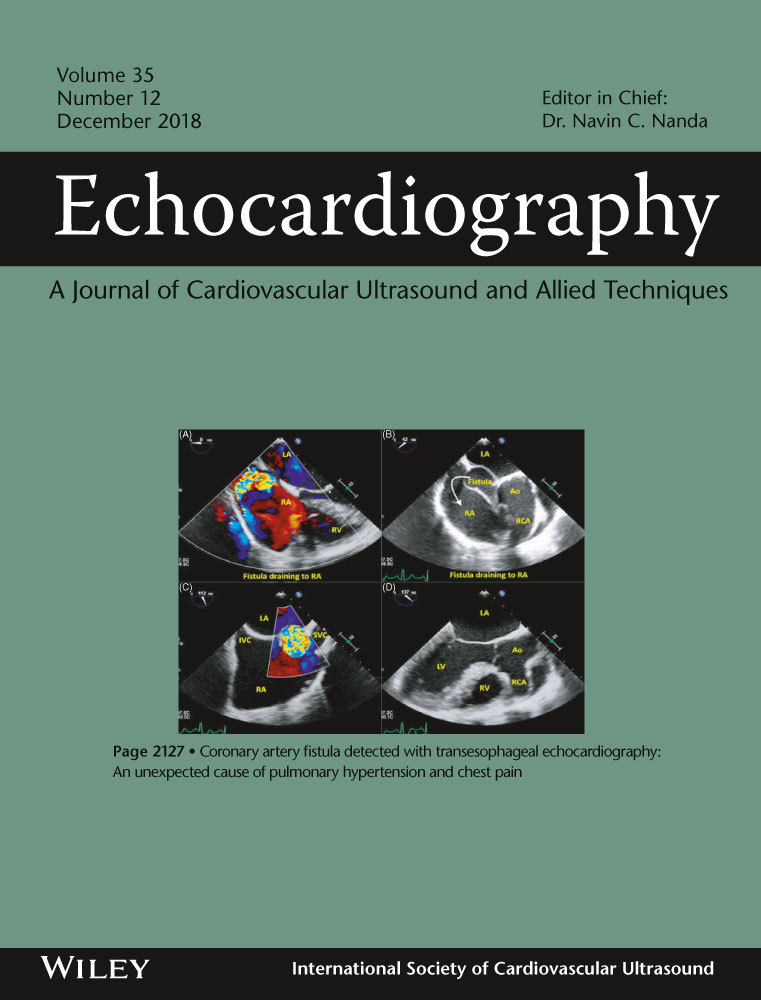Inferior vena cava assessment can predict contrast-induced nephropathy in patients undergoing cardiac catheterization: A single-center prospective study
Abstract
Background
Contrast-induced nephropathy (CIN) following cardiac catheterization remains a considerable clinic challenge. Volume status is very important in the development of CIN. It can be assessed noninvasively by measuring inferior vena cava (IVC) diameters. The aim of this study was to assess whether IVC can be used for prediction of CIN in patient undergoing cardiac catheterization.
Methods
A total of 269 patients undergoing cardiac catheterization were prospectively enrolled in this study. IVC inspiratory and expiratory diameters were measured by transthoracic echocardiography. Caval index was calculated as the percentage decrease in the IVC diameter during respiration. CIN was defined as a ≥0.5 mg/dL and/or a ≥25% increase in serum creatinine within 72 hour post-procedure.
Results
Contrast-induced nephropathy developed in 46 (17.1%) patients after cardiac catheterization. Caval index was significantly higher in patients with CIN than in patients without CIN (47% [40–64] vs 35% [26–50], P < 0.001). In addition, the used contrast volume (145 [90–217] vs 70 [60–100], P < 0.001) and the frequency of percutaneous coronary intervention (50% vs 17.9%, P < 0.001) were significantly higher in patients with CIN than in patients without CIN. In receiver operating characteristic (ROC) curve analysis, caval index ≥ 41% predicted CIN with a specificity of 69% and sensitivity of 72%. Multivariate analysis indicated that caval index ≥ 41% was an independent predictor of post-procedural CIN development (OR: 3.367, 95% CI: 1.574–7.203, P = 0.002).
Conclusions
Caval index, a simple and noninvasive echocardiographic marker, is an independent predictor of post-procedural CIN development in patients undergoing cardiac catheterization.
CONFLICT OF INTEREST
The authors declare that they have no conflict of interest.




